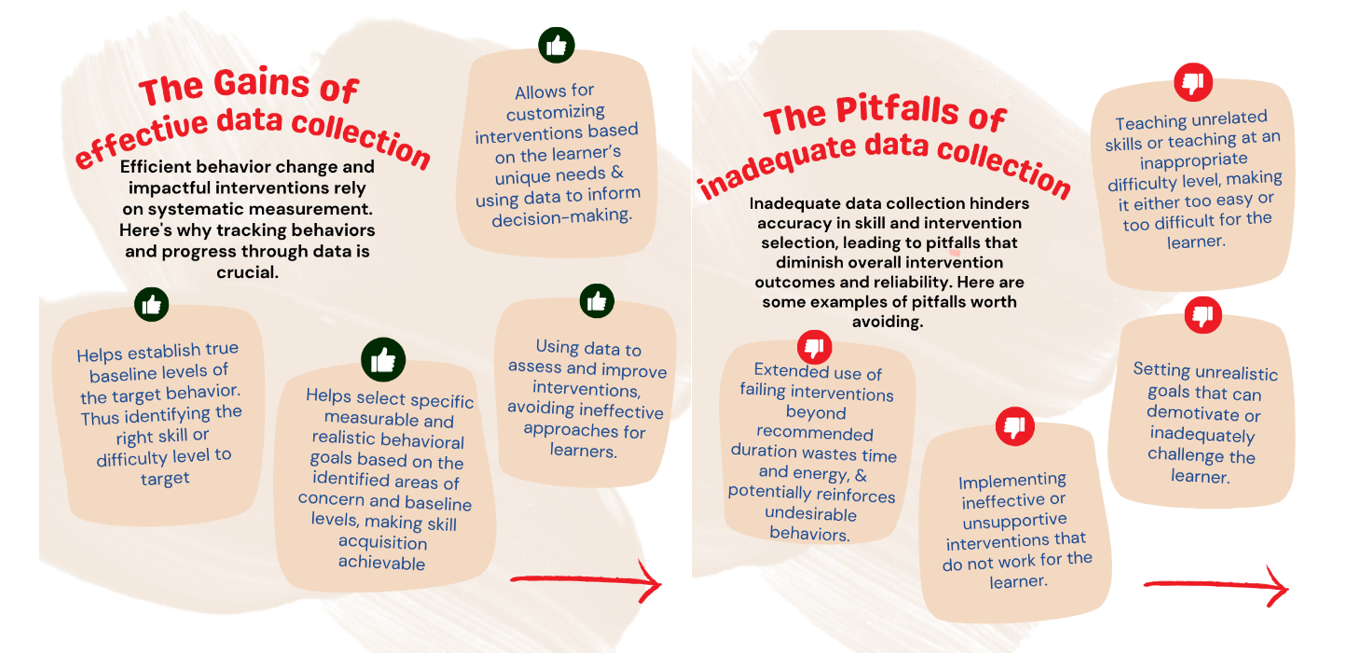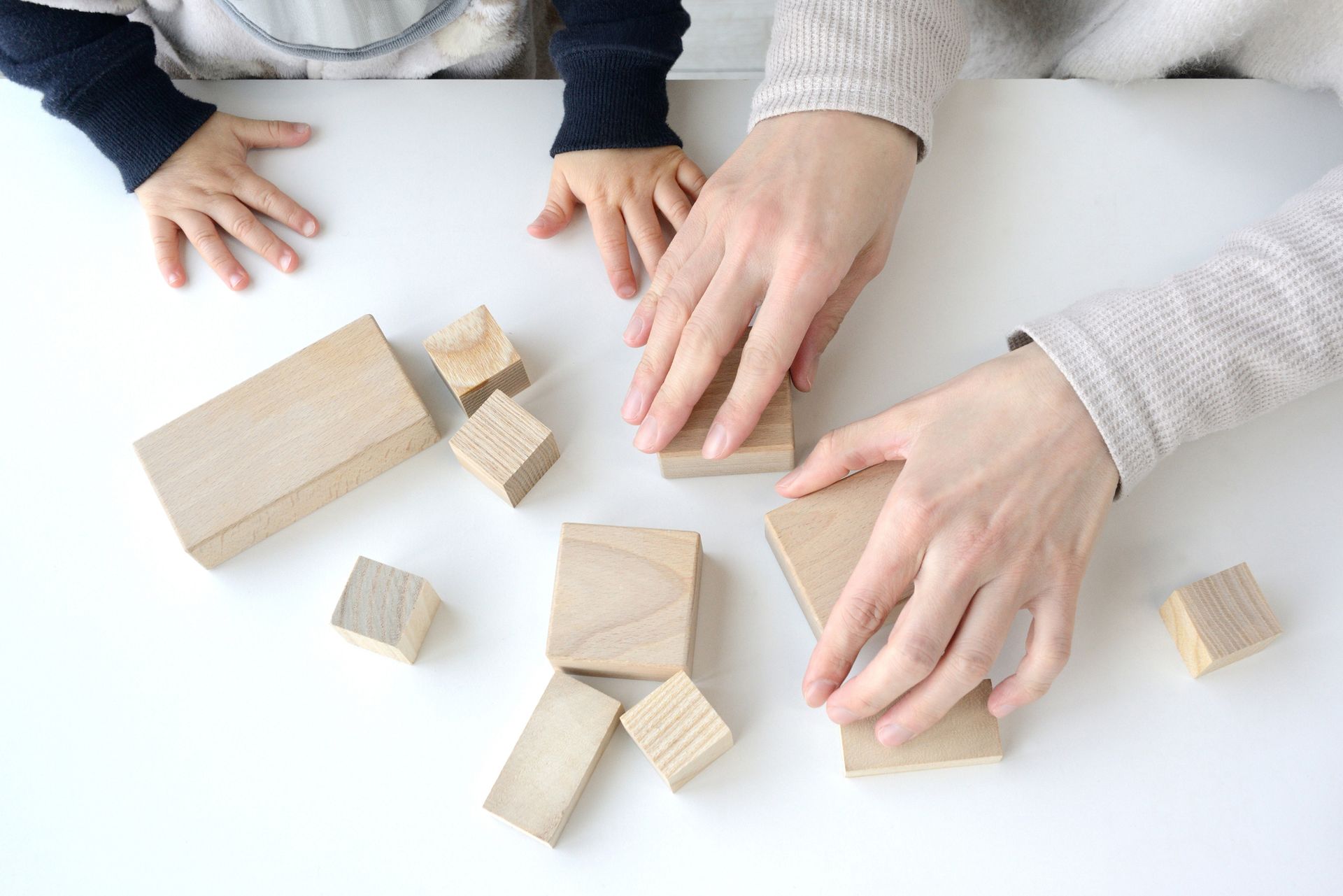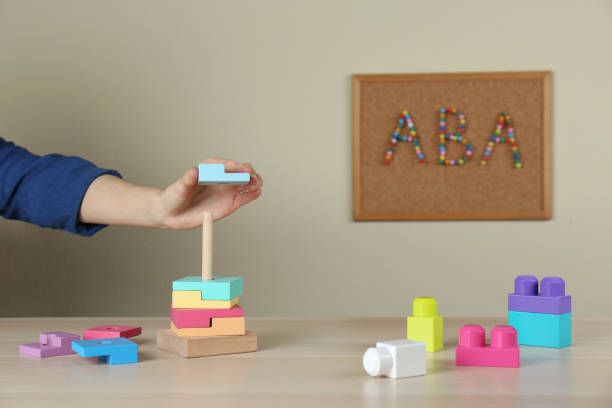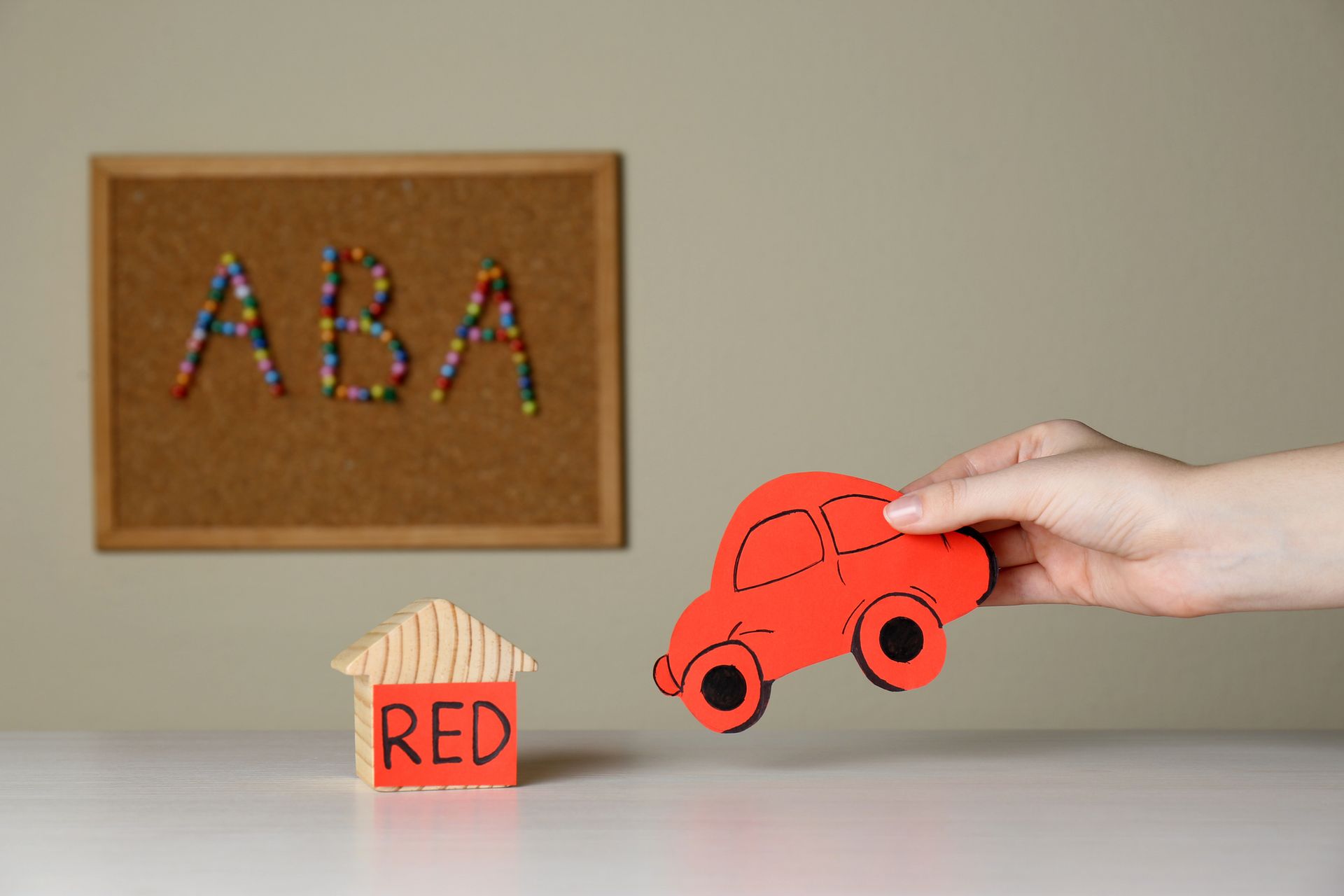Nurturing Progress: How Applied Behavior Analysis Supports Children with Autism
Get started today with A World of ABA. Reach out at info@aworldofaba.com

Parenting a child with autism spectrum disorder (ASD) comes with both challenges and moments of discovery. As you seek support strategies tailored to your child's needs, Applied Behavior Analysis (ABA) stands out as one of the most researched and effective therapies available.
In this post, we'll explore what ABA is, how it works, and how it can help your child build meaningful skills—while giving you the tools and insight to support their progress.
What Is Applied Behavior Analysis (ABA)?
ABA is a therapy rooted in science. It focuses on understanding how behavior works and how it is affected by the environment. Using this knowledge, therapists create highly personalized plans that help children learn new skills and reduce behaviors that may interfere with their development.
Think of ABA as a customized roadmap—designed specifically for your child's strengths, goals, and learning style.
How Does ABA Work?
ABA therapy is delivered by a team of trained professionals who work closely with your family. The two key roles are:
- Board Certified Behavior Analyst (BCBA): Designs your child's treatment plan, trains the therapy team, and adjusts goals based on data.
- Registered Behavior Technician (RBT): Works one-on-one with your child during daily sessions to implement strategies outlined by the BCBA.
Sessions are typically structured but flexible, combining skill-building with play, communication, and real-life routines.
Key Components of ABA Therapy
- Positive Reinforcement: Children are rewarded for using helpful skills or behaviors—whether it's a high-five, a favorite toy, or verbal praise. Reinforcement builds motivation and makes learning fun.
- Prompts and Fading: Therapists provide guidance (called "prompts") to help your child learn a new skill. Over time, those prompts are gradually reduced to promote independence.
- Data Collection and Progress Tracking: Every session includes data collection. The RBT records your child's responses, and the BCBA uses this data to make informed adjustments to the plan. This ensures your child is always moving forward.
- Generalization of Skills: One of ABA's primary goals is to help children apply new skills not only in therapy but also at home, in school, and in the community. This focus on generalization helps skills stick and grow.
Why Families Choose ABA
ABA isn't a one-size-fits-all program. It's a flexible, goal-driven approach that evolves with your child. Families choose ABA because of it:
- Builds communication, play, and social skills
- Encourages independence in daily routines
- It helps reduce behaviors that may interfere with learning
- Provides clear, measurable progress
- Involves parents as partners in the process
ABA therapy offers a clear path forward—supported by data, delivered with care, and tailored to your child's individual needs. As a parent, you are not alone in this journey. With the right team, evidence-based strategies, and a collaborative approach, ABA can help unlock your child's potential and create lasting change.
If you're exploring ABA for your child and want to learn more about how sessions work or how to get started, reach out—we're here to help.





Nurturing Progress: The Transformative Journey of Applied Behavior Analysis for Children with Autism



